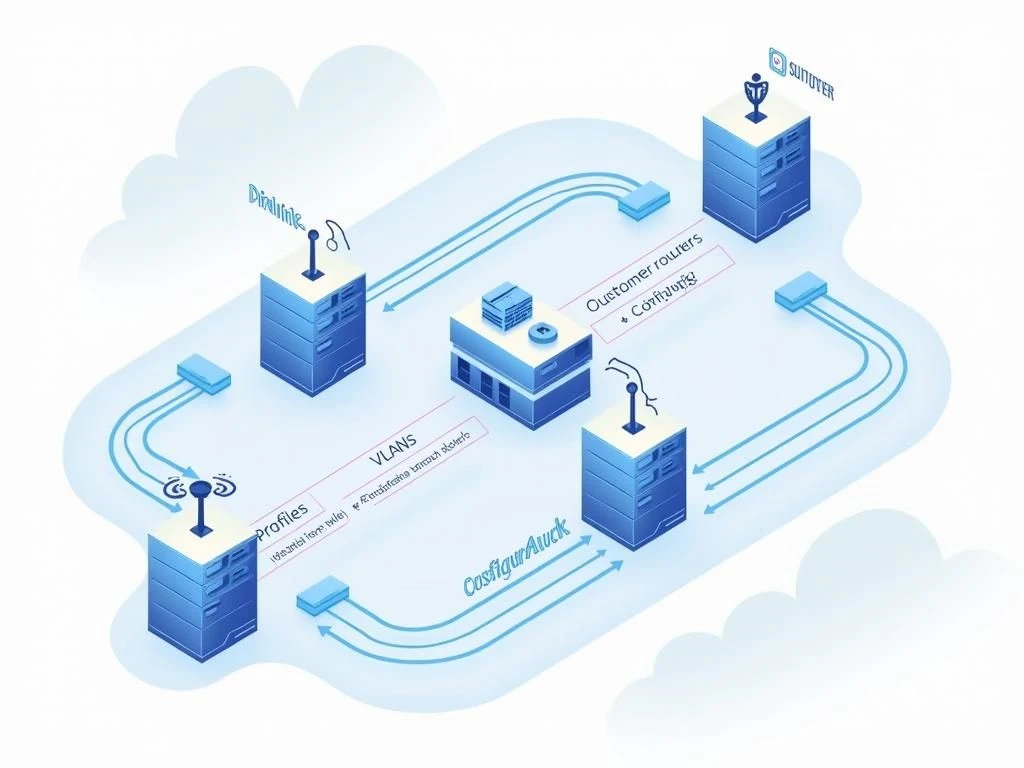From Manual Workflows to Zero-Touch Provisioning: Why Modern ISPs Choose Diralink
Understand the journey from CLI scripts to orchestrated provisioning, and how Diralink keeps rollout velocity high without sacrificing control of your internet billing system.

Provisioning is the beating heart of an ISP. Every new customer, plan update, or router swap begins with a set of commands. Historically that meant SSH sessions, copy-and-paste scripts, and engineers keeping playbooks in personal notebooks—leaving the internet billing system exposed to inconsistencies.
The Cost of Staying Manual
Manual workflows worked when growth was linear. Today’s ISPs activate dozens of subscribers a day, each expecting the exact plan they paid for within minutes. A single typo breaks the experience, and the team repeats the entire process.
- Onboarding queues form because configuration changes depend on a few specialists.
- Audit trails disappear in terminal history, making compliance painful.
- Rollback is slow when errors slip into production routers.
Zero-Touch with Guardrails
Diralink takes the golden configuration that operations leaders trust and codifies it into policy-driven templates. Profiles, address pools, VLANs, and firewall rules become reusable building blocks. Teams trigger provisioning flows through a UI or API, and Diralink renders the correct RouterOS commands every time.
Because the platform tracks inventory and subscriber state, it knows when to throttle, disconnect, or reassign resources. Engineers only intervene when policy says so, not because the process lacks automation.
Momentum for Every Team
Sales can activate customers on the spot, success teams see the service status instantly, and NOC engineers monitor progressive rollout dashboards. All of it is backed by immutable audit logs for compliance and troubleshooting.
The result is zero-touch provisioning that feels personal. Customers experience instant service delivery, while operators maintain the control and observability needed for mission-critical infrastructure.